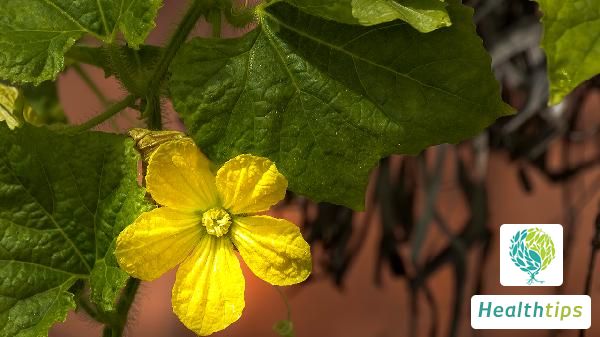What are the surgical methods for treating vagino-rectal fistula in Western medicine?
1. Fistulectomy with Layered Suture: After fistulectomy, layered suture can be performed through either the vagina or the rectum. Its advantages include simplicity and ease of operation. However, it has a high recurrence rate due to high tension during suturing, uneven separation of rectal or vaginal tissues, and the necessity of adequate blood supply for mucosal muscle flaps.

2. Rectal Mobile Flap Repair: After anesthesia, the patient is placed in prone position. First, check the internal and external openings, insert a probe into the fistula, create a "U"-shaped incision for the rectal mucosal flap with a length-to-width ratio not exceeding 2:1 to ensure adequate blood supply. Inject 1:1000 adrenaline submucosally to reduce bleeding. Separate the internal sphincter and suture the midline. Excise a 0.3cm-wide strip of mucosal tissue around the fistula to create a wound, then pull down the mobile flap to cover the internal wound and use 2-0 or 3-0 gut sutures for intermittent suturing to restore the normal anatomic relationship between the mucosa and skin. The vaginal wound is left unsutured for drainage.
3. Sacro-Abdominal-Perineal Surgery: The levator ani muscle of a newborn is approximately 1.5cm from the anus, so separating the rectum in the perineal area can easily damage the puborectal ligament. A sacrococcygeal incision allows clear identification of the puborectal ligament and easy mobilization of the rectum, and it is also easier to separate and excise fistulas located higher up. This surgery is suitable for infants older than 6 months. Make a longitudinal sacrococcygeal skin incision of about 3 to 5cm, incise horizontally at the level of the sacrococcygeal cartilage to expose the blind end of the rectum; make a vertical incision along the blind end of the rectum, locate the fistula within the intestinal lumen, separate it, and perform suture ligation. The mobilized rectum can be relaxed to the level of the anal fossa skin. Make an X-shaped incision in the anal fossa skin to expose the sphincter, slowly pull the rectum through the puborectal ligament to the anus, taking care not to twist the intestinal segment and avoiding vigorous dilation of the intestinal lumen with fingers. Sew a few stitches with silk thread between the rectal wall and anal subcutaneous tissue, and use 3-0 gut or sutures for interrupted suturing of the full-thickness rectum and anal skin. Close the sacrococcygeal wound in sequence.



















